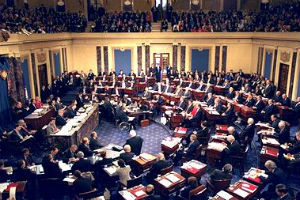It is a long, long time since employee compensation was calculated in salary alone, and with the demise of pensions, a host of retirement plans exist to baffle management and workforce equally.
During the American Institute of CPAs (AICPA) Not-for-Profit Industry Conference, Ian MacKay of the Employee Benefit Plan Audit Quality Center and Bertha Minnihan of the Moss Adams’ Employee Benefit Plan Group said that nonprofits can’t simply shop for and offer a few plans and then just forget about them.
Plan governance is important for protecting participants and those parties with fiduciary responsibility, as well as for limiting liability. What does plan governance look like? It looks like something that includes the following:
* Knowledge of the plan and the organization’s role as fiduciary. Documents should inform participants and beneficiaries or specific benefits, rights and obligations.
* Best interest of the participants. This includes identification of those involved (retain documentation).
* Establishment of procedures. This includes regular meetings of a governance committee, as well as deciding who should serve.
* Investment monitoring. This includes monitoring performance and establishment of an investment policy.
* Expense monitoring. Ensure proper reporting by vendors to plan sponsors and evaluate whether plan expenses are reasonable and proper.
* Compliance with the Employee Retirement Income Security Act (ERISA) and Department of Labor regulations. This includes familiarity with the regulations and with reporting requirements.












